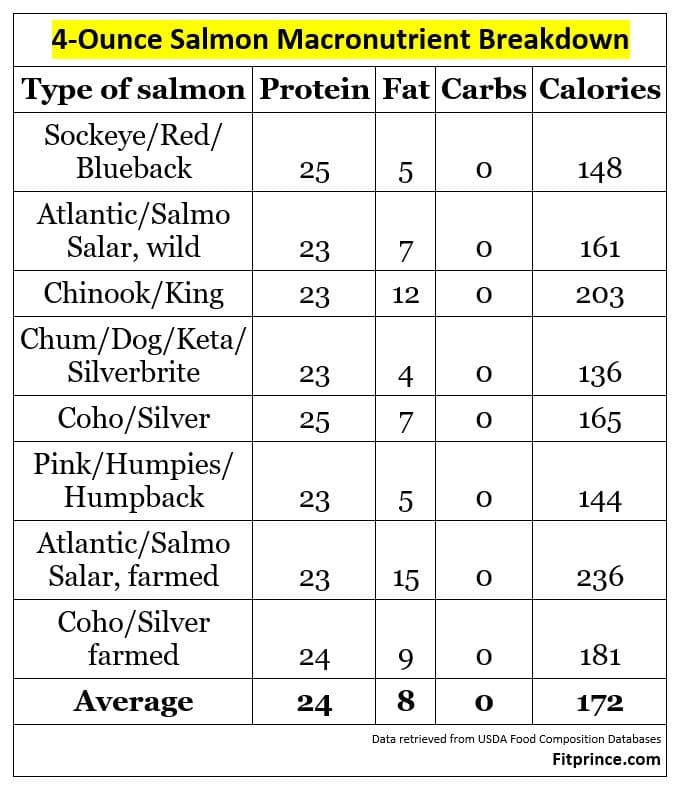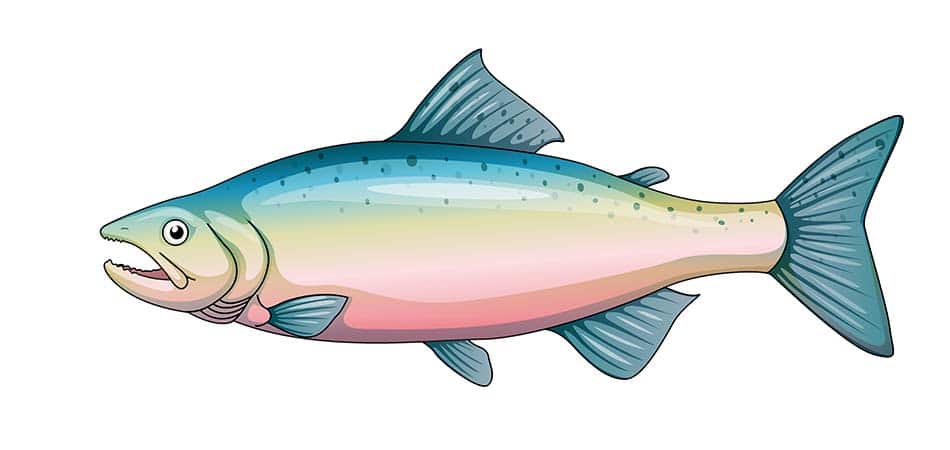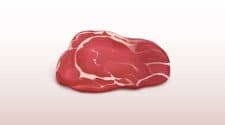Fish and shellfish are loaded with essential nutrients that support our health, and salmon is no exception. Salmon is popular for being a superb source of omega-3 fatty acids and, of course, protein.
So, it’s not surprising that health-conscious people prefer to have salmon on the table to cover their daily protein needs.
One of the suggested serving size is 4 ounces (113 grams) of salmon. I would fancy discussing how much protein this amount provides, whether there are any alternatives, and what are its health benefits.
4 Oz salmon protein contents
On average, 4 Oz of raw salmon contains around 24 grams of protein. Along with that protein it has 8 grams of fat, 0 grams of carbs, and 172 calories.
However, keep in mind that there are many salmon species and the macronutrient value for each of them can differ. For example, 4 ounces of raw Chinook salmon contains 23 grams of protein and 12 grams of fat while the same amount of wild Atlantic salmon provides an equal amount of protein along with less fat — just 7 grams.
The most protein-rich types of salmon are Sockeye and Coho. They each have 25 grams of protein per 4 ounces.

What’s more, how you prepare salmon also has a noticeable impact on its macronutrient value. Let’s look at two examples.
Four ounces of smoked pink salmon has 25 grams of protein, 4 grams of fat, 2 grams of carbs, and 156 calories. In this case, the jump in carbs compared to raw salmon, which has 0 grams, is due to added sugar.
A more energy-dense example is 4 Oz of baked salmon. It has 25 grams of protein, 14 grams of fat, zero carbs, and 232 calories.
If you need very accurate data about salmon nutrition, please check raw and ready-made product labels.
Does 4 ounces of salmon provide enough protein?
The short answer is no!
Current nutrition guidelines recommend keeping your daily protein intake close to 0.4 grams for every pound of body weight (0.8 grams/kilogram). For instance, if you weigh 150 pounds, you should consume around 60 grams of protein per day.
In this case, you should eat almost 3 four-ounce portions of salmon each day. However, it wouldn’t be reasonable to stick to just a single protein source.
Preferably, I would advise you to include other protein-rich foods into your menu.
If you want to mix things up a bit, try other fish: tuna, tilapia, or anchovies. They all are excellent sources of dietary protein.
Here it’s important to mention two things about fish consumption.
On one hand, according to dietary recommendations, a person should consume at least 8 ounces of a variety of seafood per week.
On the other hand, I also want you to consider choosing fish wisely. These days, many fish species are over-fished and it can lead to serious ecological threats to our oceans.
Alternatively, instead of fish you can supplement your meals with many other protein sources. For example, chicken breast, lean beef, tofu, cottage cheese, and so on.
A healthy option
You should know the health benefits that you can obtain from consuming 4 ounces of salmon regularly.
As mentioned earlier, salmon contains a load of heart-healthy omega-3 fatty acids, so the bulk of salmon’s health benefits are related to their positive impact on the human body. For example, it supports heart health, improves sleep, reduces inflammation, and many others.
Salmon is also a great source of vitamins like B1, B2, B3, B5, B6, B9, B12.
Those vitamins are used for many different body functions such as providing energy, supporting metabolism, mood enhancement, and normal functioning of the nervous system.
Along with B vitamins, salmon contains minerals like potassium and selenium.
Potassium plays an important role in regulating fluid balance in your body.
Selenium helps to protect your body from oxidative stress, strengthen your immune system, and is essential for proper thyroid gland function.
What about the drawbacks of salmon consumption?
Can the mercury level be a concern?
According to the U.S. Food and Drug Administration’s report, salmon has one of the lowest mercury levels compared to other fishes. However, I also should admit that together with the global increase in fish farming are raising researchers’ concerns about other contaminants in salmon.
Reference
- Hites, Ronald & Foran, Jeffery & Carpenter, David & Hamilton, Coreen & Knuth, Barbara & Schwager, Steven. (2004). Global Assessment of Organic Contaminants in Farmed Salmon. Science (New York, N.Y.). 303. 226-9. 10.1126/science.1091447.
- Steinbrenner H, Al-Quraishy S, Dkhil MA, Wunderlich F, Sies H. Dietary selenium in adjuvant therapy of viral and bacterial infections. Adv Nutr. 2015;6(1):73–82. Published 2015 Jan 15.
doi :10.3945/an.114.007575. - A Closer Look Inside Healthy Eating Patterns.
- Low Population Selenium Status Is Associated With Increased Prevalence of Thyroid
Diseas . - Mercury concentrations and omega-3 fatty acids in fish and shrimp: Preferential consumption for maximum health benefits.
- Mercury Levels in Commercial Fish and Shellfish (1990-2012).
- News Update: U.S. per capita seafood consumption up in 2017.
- Selenium Supplementation in the Treatment of Hashimoto’s Thyroiditis: A Systematic Review and a Meta-analysis.
- The Smart Seafood Buying Guide.
- Vitamins and minerals.







Leave a Reply